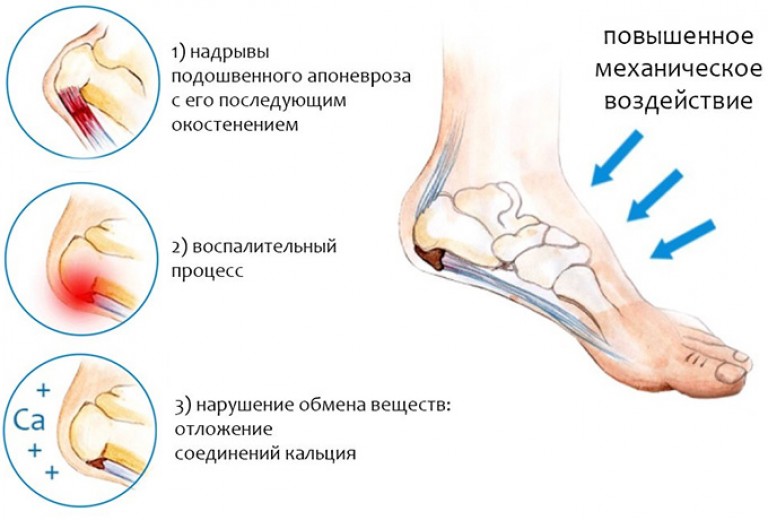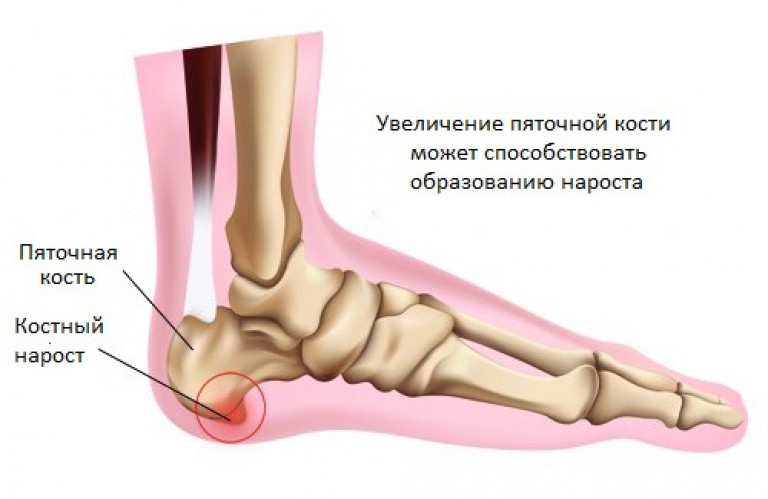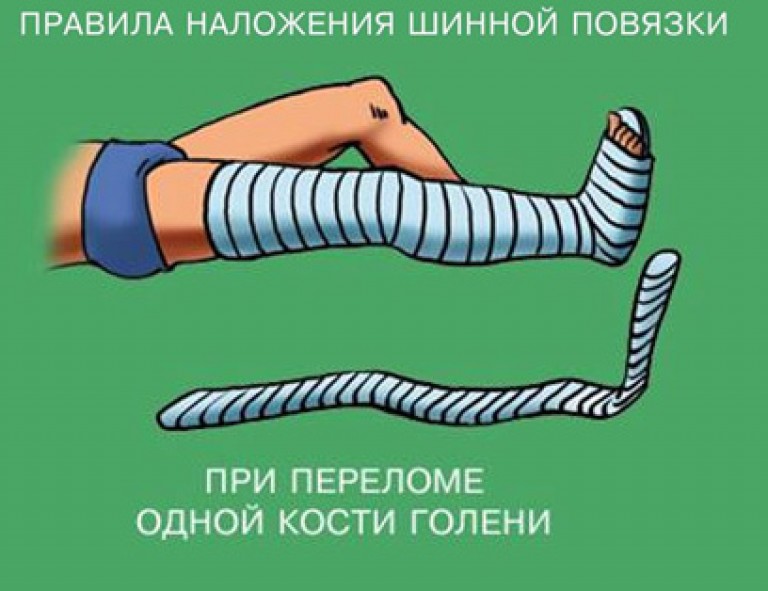Pain in the heels
Many people have experienced pain in the heel more than once in their lives. Most often they are felt in the morning, when walking, playing sports or physical activity. According to doctors, such problems regularly disturb 12-15% of patients. With the manifestation of discomfort, the patient immediately questions why the feet hurt, which doctor to contact and can it be cured at home? The causes of pain have a different origin, and they can happen in people of any age.
When unpleasant sensations first arise, we are very surprised. In fact, why are the heels disturbing, because there seems to be nothing to hurt there? In fact, different causes associated with the patient’s lifestyle lead to the “heel pain syndrome”:
1. Uncomfortable shoes - high thin heels and tight shoes cause constant overstrain of the structures of the foot during movement, resulting in intense piercing pain.
2. Increased sports loads when walking or running lead to thinning of subcutaneous fat on the sole of the foot in the heel area.
3. Injuries, sprains and bruises of the ligaments of the ankle joints.
4. Unusually long stay on the feet (standing, walking, running).
5. Obesity, sudden weight gain.
6. Sedentary work, sedentary lifestyle.
The source of aches in the feet can also be various ailments. Having recovered from them, a person automatically gets rid of heel pains.
List of pathologies
1. Systemic diseases:
- Bechterew's disease is a chronic inflammation of the spine, causing ossification of the ligaments, intervertebral discs and joints. The primary symptoms of the disease are pain in the heel when standing on a hard surface.
- Rheumatoid arthritis is a severe articular disease, accompanied by multiple complications. The main symptoms: pain, swelling, limited joint mobility. In addition, the patient develops weakness, fatigue, loss of appetite.
- Gout is a disease of the joints, the cause of which is the deposition of uric acid salts (urates). An attack of gout in the feet most often occurs at night.
2. Infectious diseases:
- Reactive arthritis is an inflammation resulting from urogenital (gonorrhea, chlamydia, ureaplasmosis) or intestinal (dysentery, salmonellosis, yersineosis) diseases. At the same time, the heels can disturb not only when walking, but also at rest, as well as in the morning after sleep.
- Tuberculosis of the calcaneus - melting of the bone substance or necrosis of large areas of the skin. The disease causes the appearance of a purulent fistula or open cavity.
- Osteomyelitis is a purulent-necrotic process that develops in the heel bone and surrounding tissues. Accompanied by acute boring pain in the foot, aggravated by the slightest movement.

3. Inflammatory diseases:
- Plantar fasciitis is a painful lump on the sole of the foot. The main symptom is heel pain, which is aggravated by walking and various loads.
- A heel spur is a chronic form of fasciitis that leads to salt deposits. Most often, heel pain occurs after sleeping and sitting.
- Achilles tendonitis - discomfort in the heel area occurs after a long walk, run, as well as the frequent change of high heels to flat soles.
These diseases are too serious and cannot be treated at home. The patient should consult a doctor who will prescribe an effective therapy.
What to do with severe pain?
Each patient should understand that if the heels hurt, then this is not a disease, but its symptom.
Therefore, the answer to the question of what to do and how to treat is the search for the causes and diagnosis of the underlying disease. As a rule, with a decrease in loads and the use of auxiliary means, acute pain in the feet gradually disappears. Treatment and prevention of pain at home is to follow simple and effective recommendations.
1. Choice of shoes - when the heels are very sore, it is not recommended to walk barefoot on the floor. Casual shoes should be comfortable with soft backs and a small, stable heel no more than 5 cm high. For sports, shoes with good cushioning and comfortable arch support are chosen. Ideally, each sport (running, jumping, walking) requires separate shoes that take into account the specific load on the feet.
2. Use of orthopedic insoles - to reduce the pressure on the heels when walking and support the arch of the foot, you need to place soft blocks and insoles in the shoes.

3. Rest for the legs - avoid strenuous exercise, long walking and standing. In the morning, it is recommended to do special exercises for the legs and take walks.
4. Therapeutic exercises - to relieve tension and pain in the foot, you need to do exercises daily to stretch the Achilles tendon and plantar fascia.
5. Massage of the lower extremities - manual manipulations improve blood circulation in the feet, increase tissue elasticity, reduce inflammation and pain.
6. Sports activities - in training it is better to abandon running and jumping on hard surfaces (concrete, asphalt) in favor of cinder paths and soft ground.
7. Rational nutrition - the daily menu should contain a sufficient amount of protein, plant foods and a minimum of carbohydrates and fats.
8. Weight control - being overweight puts more stress on your feet, which leads to stretching and inflammation of the tendons and joints.
9. Pain relief - when the heel hurts unbearably in the morning or after a walk, take ibuprofen-based drugs (Nurafen, Ibufen, Markofen, Solpaflex). The easiest way to first aid is to apply dry cold to the sore spot for 15-20 minutes, and rub the area above the heel with fastum gel or any anti-inflammatory cream.
The process is not fast and can take from several weeks to several months. If simple measures do not help in eliminating pain, a course of therapy is prescribed.
Therapeutic treatments
1. Steroid injections - cortisone injections should be done when conservative methods do not bring positive results. Steroids reduce inflammation and eliminate foot pain for a short time. To enhance the effect, the injections are repeated 2-3 more times during the week.
2. Extracorporeal shock wave therapy - a treatment method based on the properties of sound vibrations that act through the skin on painful areas of the foot.

3. Cramer's splint - a special medical device is put on at night. The splint securely locks the foot in place to provide rest, protection and cushioning for the Achilles tendon.
4. Surgery - surgical treatment is indicated only in very difficult situations, when the causes of pain cannot be eliminated within a year. Surgery is often accompanied by complications (infection, trauma to adjacent nerves), so it is considered as a last resort.
What examinations need to be done?
When the causes of pain are unclear or confirmation of the diagnosis is required, laboratory and instrumental examinations are prescribed. This helps to prescribe effective pain management.
- Complete blood count - anemia, elevated leukocytes and ESR accompany Bechterew's disease and rheumatoid arthritis.
- Blood biochemistry - an excess of uric acid confirms the presence of gout.
- Microbiological studies - swabs and scrapings from the mucous membranes help to identify reactive arthritis.
- Radiography - beam transillumination shows possible specific changes in the feet.
- Tumor markers - studies are carried out in case of suspicion of the presence of malignant tumors.
- Serological blood test - reveals rheumatoid arthritis.
- Bone puncture - a biopsy is prescribed for suspected tuberculosis of the heel bone and osteomyelitis.
The treatment plan is drawn up on the basis of a comprehensive examination, taking into account the patient's age, the extent and duration of the disease.
When and why should you see a doctor?
If heel pain torments you for a long time and you can’t cope at home on your own, you should seek help from a doctor. Depending on the causes of discomfort, you will need to consult a therapist, traumatologist, or orthopedist. It is possible that you will have to seek treatment from narrow specialists: a neurologist, surgeon, phthisiatrician, oncologist.
Pain in the heels should alert a patient who has previously suffered a foot injury, sexually transmitted diseases, intestinal infections. If heel pain in the morning or when walking is accompanied by additional complaints, then this is a serious reason to see a doctor. In addition to discomfort in the foot, redness and swelling of the big toe, pain and limited movement in the spine, and aching joints may be disturbing. Such symptoms cannot be overcome at home, they need to be treated only in a medical institution.
